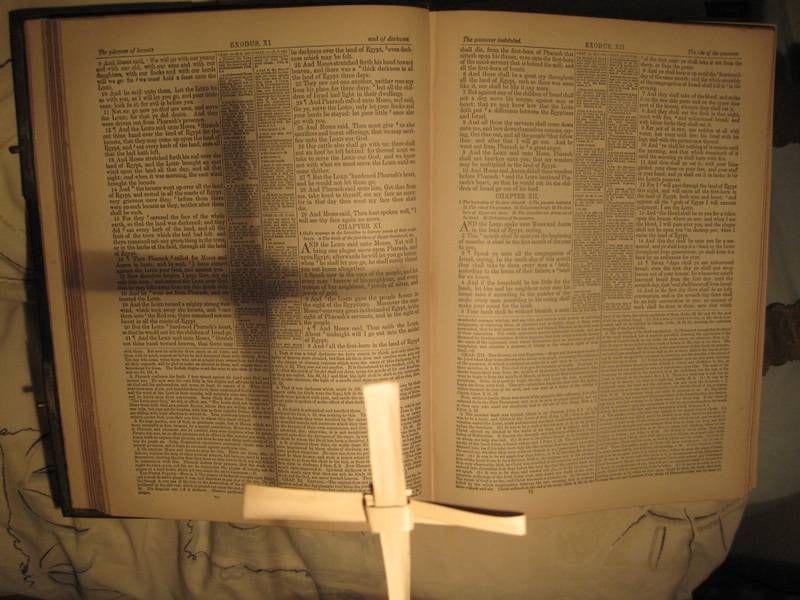Part Two will be
in the July 12 edition of North Jackson Press
Types and shadows in the Bible have always
stirred my interest. When you realize
that thousands of years passed between some of the types and antitypes, it
makes you know that man could not have been responsible for that. Hebrews 10:1 says, “For the law having a
shadow of good things to come, and not the very image of the things…” The
writer of Hebrews while discussing the high priest in chapter eight, verse
five, “Who serve unto the example and shadow of heavenly things…” God is the
only one that could have orchestrated the finished work of redemption and salvation
through Jesus, that the law had only been a shadow. The high priest was only a figure of Jesus,
who now sits as our High Priest forever.
Let’s look at some “types” in the Bible. According to Easton’s Illustrated Bible Dictionary, “The word ‘type’ is generally used to denote a resemblance between something present and something future, which is called the antitype.” Types can appear in different forms, such as a person, Romans 5:14, “Nevertheless death reigned from Adam to Moses, even over them that had not sinned after the similitude of Adam’s transgression, who is the figure of him that was to come”, a tangible object, Hebrews 9:8b-9a “…while as the first tabernacle was yet standing: Which was a figure for the time then present…”, a ceremony, or an event, 1 Corinthians 5:7b “.. Christ our passover is sacrificed for us”. While there are some differences, when I use the words “types”, “shadows”, or “figure”, I am basically referring to the same.
The logical place
to start a study of typologies would have to be in the person of Jesus Christ. There are several “types” or parallels for
Christ in the Old Testament. The first one, already mentioned, is Adam. You can
call Adam a parallel to Christ. Adam was the first person of the human race,
Christ was the first person of the resurrection, (I Corinthians 15:20). Adam disobeyed and brought condemnation,
Christ obeyed and brought righteousness, Romans 5:19. Paul sums it up by saying, “For as in Adam all
die, even so in Christ shall all be made alive”, 1 Corinthians 15:22.
Another “type” of Christ we see in the book
of Genesis is Isaac. Both were “beloved”
sons of their father. Both were offered
as a sacrifice. E ach one was willing to be offered and carried the wood for
their own sacrifice. Both were “resurrected”
and returned to their father. God sent a
ram to be the substituted sacrifice for Isaac. God sent His Lamb to be the sacrifice for the
world. “Behold the Lamb of God, which
taketh away the sin of the world”, John 1:29.
Elder Tim White
Ider, Alabama



